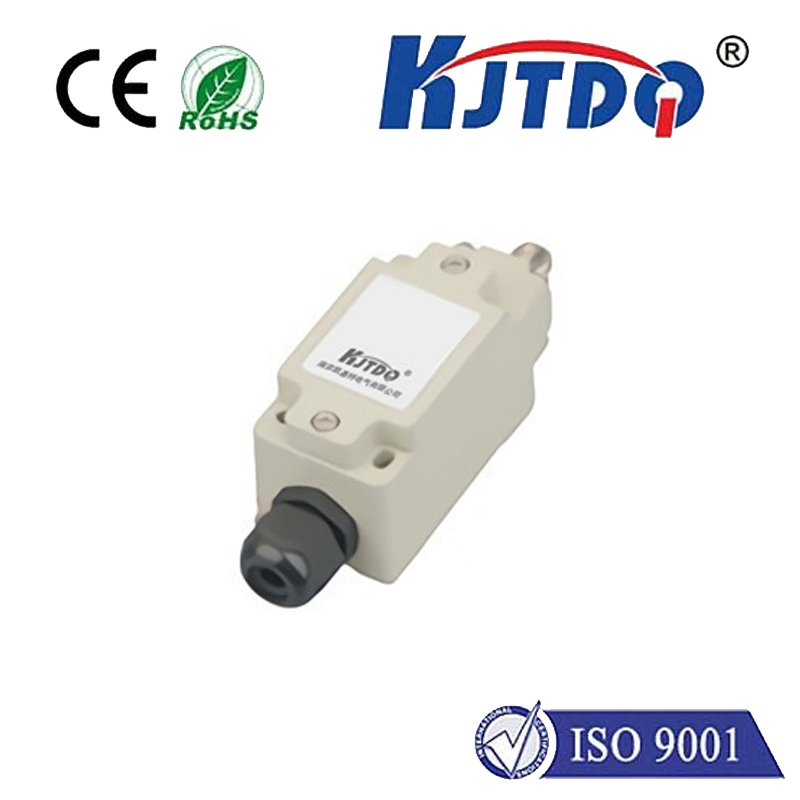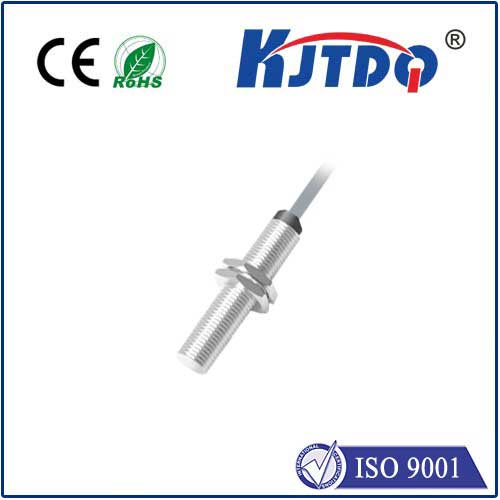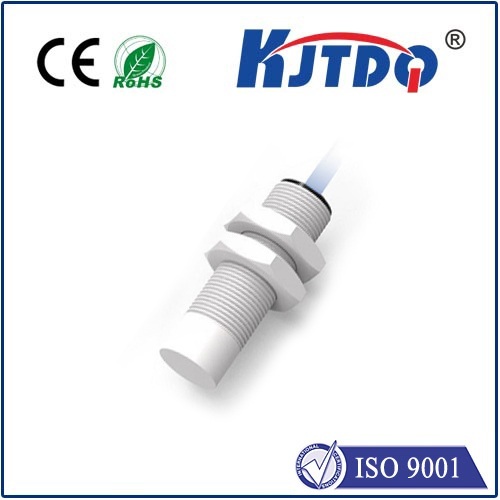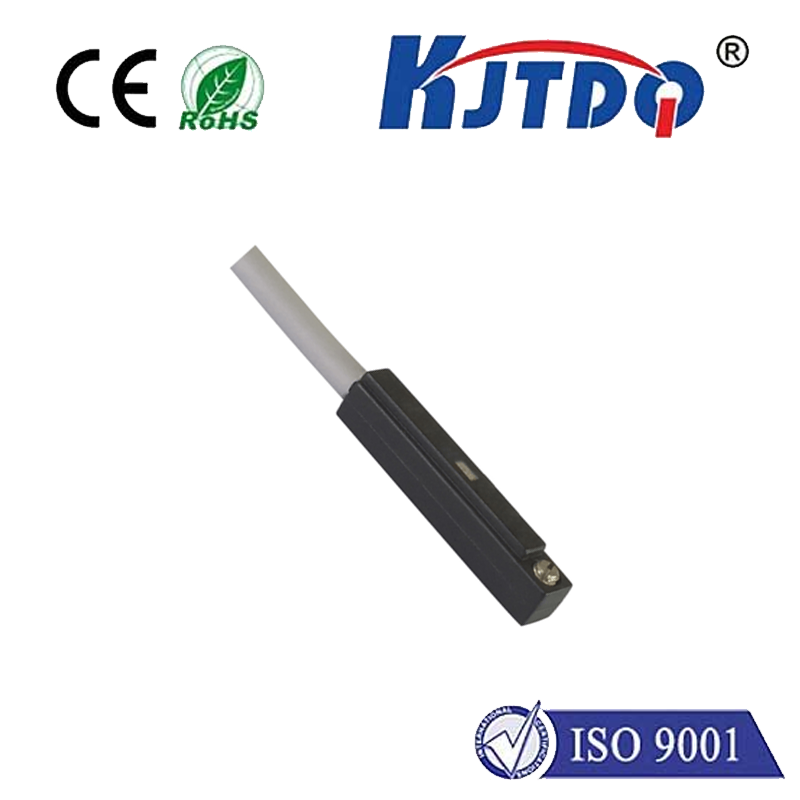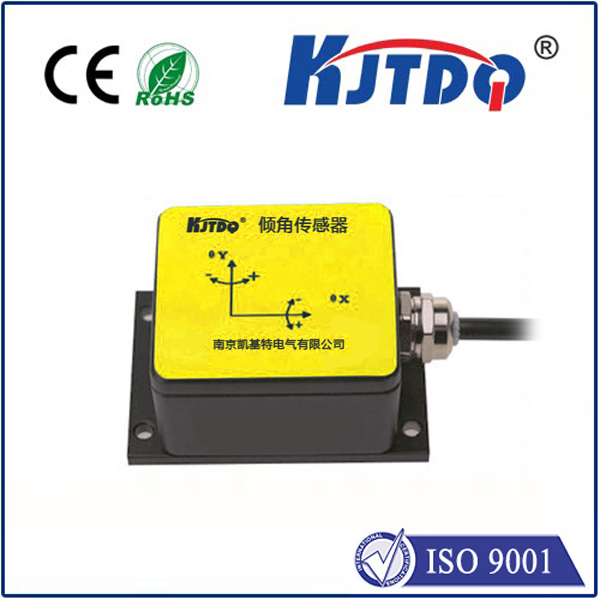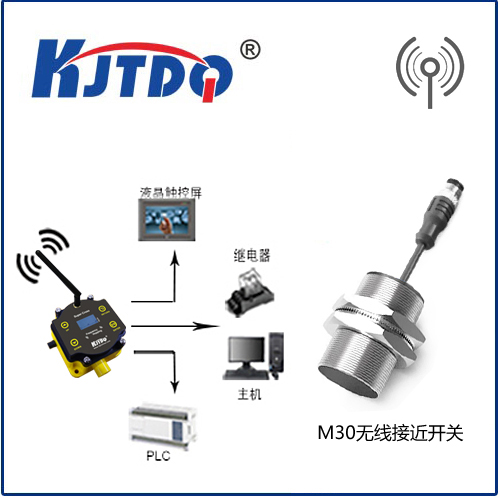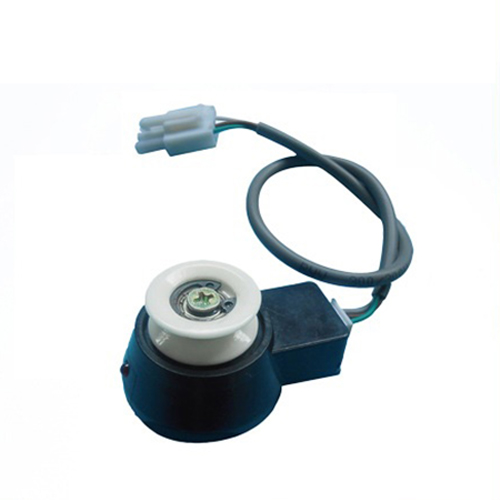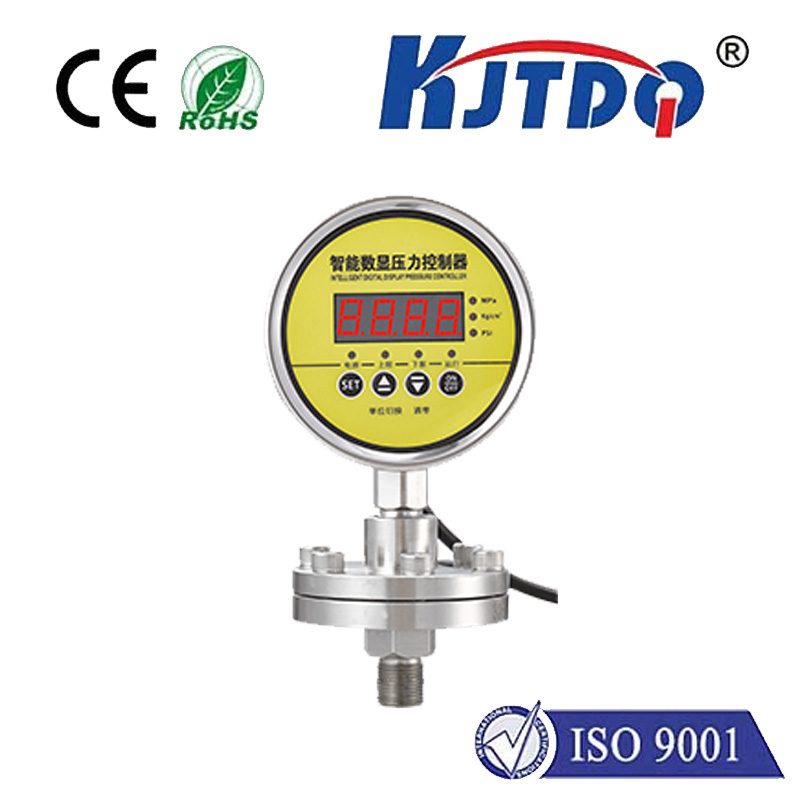PN3094 pressure sensor
- time:2025-09-22 15:43:22
- Click:0
PN3094 Pressure Sensor: Precision Pressure Measurement for Demanding Industrial Environments
Imagine a critical medical ventilator adjusting airflow perfectly, an advanced manufacturing robot handling delicate components, or a hydraulic system operating safely under immense strain. Achieving this precise, reliable control hinges on an unseen hero: the pressure sensor. The PN3094 pressure sensor stands out as a robust and highly capable solution engineered for exactly these types of demanding applications. This article delves into the technology, features, benefits, and typical uses of this versatile sensing component.
Understanding the Core: Piezoresistive Technology
At its heart, the PN3094 leverages the proven principle of piezoresistive sensing. This technology utilizes silicon-based diaphragm structures where integrated semiconductor strain gauges change their electrical resistance when subjected to mechanical stress – in this case, pressure-induced deformation. When pressure acts upon the sensing diaphragm, these microscopic resistors stretch or compress, causing a measurable change in their resistance. This change is converted into a proportional electrical signal, typically a voltage output calibrated to represent the applied pressure accurately. This fundamental approach provides a solid foundation for robustness, stability, and relatively straightforward signal conditioning.
Key Features and Specifications Defining the PN3094

While specific datasheet parameters are crucial for design engineers, the PN3094 is generally known for several defining characteristics that make it suitable for industrial and automotive settings:
- Wide Pressure Range Capability: Designed to handle significant pressure levels, common variants often span ranges like 0-1 bar (gage or absolute) up to several hundred bar (e.g., 0-400 bar), catering to diverse application needs from pneumatic controls to hydraulic systems.
- High Accuracy and Linearity: Engineered for precision, it typically offers low non-linearity, hysteresis, and repeatability errors, often within fractions of a percent of Full Scale Span (FSS). This ensures reliable and trustworthy measurement data.
- Stable Temperature Performance: Industrial environments experience temperature fluctuations. The PN3094 incorporates advanced temperature compensation circuits. This minimizes output drift over its specified operating temperature range, crucial for maintaining accuracy in non-laboratory conditions.
- Ruggedized Construction: Built to withstand harsh realities, it often features a stainless steel housing or wetted parts offering excellent corrosion resistance and media compatibility. This robust mechanical design provides long-term durability even when exposed to demanding fluids or challenging physical environments.
- Standardized Electrical Output: Typically providing a ratiometric analog output voltage (e.g., 0.5V to 4.5V over the pressure range), it simplifies integration with standard microcontrollers (MCUs), programmable logic controllers (PLCs), and data acquisition systems. Some variants might offer amplified or current loop outputs.
- Media Compatibility: Careful selection of diaphragm and housing materials ensures compatibility with a wide range of media, including oil, water, air, and many industrial gases, broadening its applicability.
Why Choose the PN3094? Distinct Advantages in Practice
Beyond the technical specs, the PN3094 offers tangible benefits for engineers and system integrators:
- Enhanced System Reliability: Its robust construction and high stability translate into fewer sensor failures and reduced system downtime, a critical factor in continuous industrial processes.
- Improved Process Control: High accuracy and linearity enable finer control over pressure-dependent processes, leading to better product quality, optimized energy consumption, and increased efficiency.
- Simplified Integration: The standardized analog output and often compact form factor simplify wiring and mounting, reducing integration time and cost. Basic signal conditioning (amplification, filtering) is usually straightforward.
- Cost-Effective Performance: For its level of performance, accuracy, and durability, the PN3094 frequently represents an excellent value proposition compared to more exotic or complex sensing technologies.
- Proven Track Record: As an established component often manufactured by reputable sensor companies or available through major distributors like Mouser or Digi-Key, it benefits from a history of successful deployment across numerous fields.
Diverse Industrial Application Areas
The PN3094 finds its niche wherever precise and reliable pressure measurement is critical within demanding operational contexts. Key areas include:
- Industrial Automation & Robotics: Monitoring pneumatic/hydraulic pressures in actuators, grippers, presses, and clamping systems. Ensuring precise force control and safety.
- Hydraulic Systems: Monitoring pump pressure, line pressure, and filter status in machinery, construction equipment, and mobile hydraulics to prevent overloads and optimize performance.
- Process Control & Instrumentation: Measuring pressure in pipelines, tanks, reactors, and pumps within chemical, petrochemical, pharmaceutical, and food & beverage industries.
- HVAC & Refrigeration: Monitoring refrigerant pressures, compressor health, and filter conditions for efficient system operation and preventative maintenance.
- Test & Measurement Equipment: Serving as a reliable pressure transducer in benchtop or portable measurement devices and calibration standards.
- Automotive & Transportation: Used in engine testing rigs, brake system testing, and various fluid pressure monitoring applications in R&D and manufacturing. (Note: For direct in-vehicle safety-critical applications, ASIL-rated sensors are typically required).
- Medical Equipment (Non-Invasive): Found in components like compressed air systems, pump monitoring, and pneumatic controls in hospital equipment and dental chairs.
Important Considerations for Implementation
Successfully deploying the PN3094 requires attention to detail:
- Consult the Datasheet: Always refer to the specific manufacturer’s datasheet for the exact PN3094 variant you are using. Critical parameters like pressure range, accuracy specifications, temperature limits, electrical connections, output signal, media compatibility, and physical dimensions vary.
- Proper Calibration: While factory calibrated, understanding calibration methods and potential drift over time is essential for maintaining measurement integrity in critical applications. Periodic verification might be necessary.
- Signal Conditioning: Ensure the MCU or PLC input stage can correctly interpret the sensor’s output range (e.g., 0.5V-4.5V). Simple amplification or filtering might be needed depending on the system’s noise environment and required resolution.
- Mechanical Installation: Correct installation is vital. Avoid excessive mechanical stress on the port or housing. Ensure seals are appropriate for the media and pressure. Consider impulse pressure protection if needed.
- Environmental Protection: While robust, ensure the sensor and its electrical connections are adequately protected from excessive moisture, dust, chemicals, or vibration beyond its specified ratings.
A Workhorse for Precision Pressure Sensing
The PN3094 pressure sensor exemplifies a mature, reliable piezoresistive technology optimized for industrial use. Its combination of wide pressure range coverage, high accuracy, excellent stability, robust stainless steel construction, and straightforward analog output makes it a preferred choice for engineers designing reliable systems where pressure monitoring is critical. From optimizing complex manufacturing processes to ensuring the safe operation of heavy machinery, the PN3094 delivers the dependable performance needed to make informed decisions, enhance control, and improve operational efficiency across a vast spectrum of demanding industrial applications. Understanding its capabilities and proper implementation is key to unlocking its full potential in your next design.






